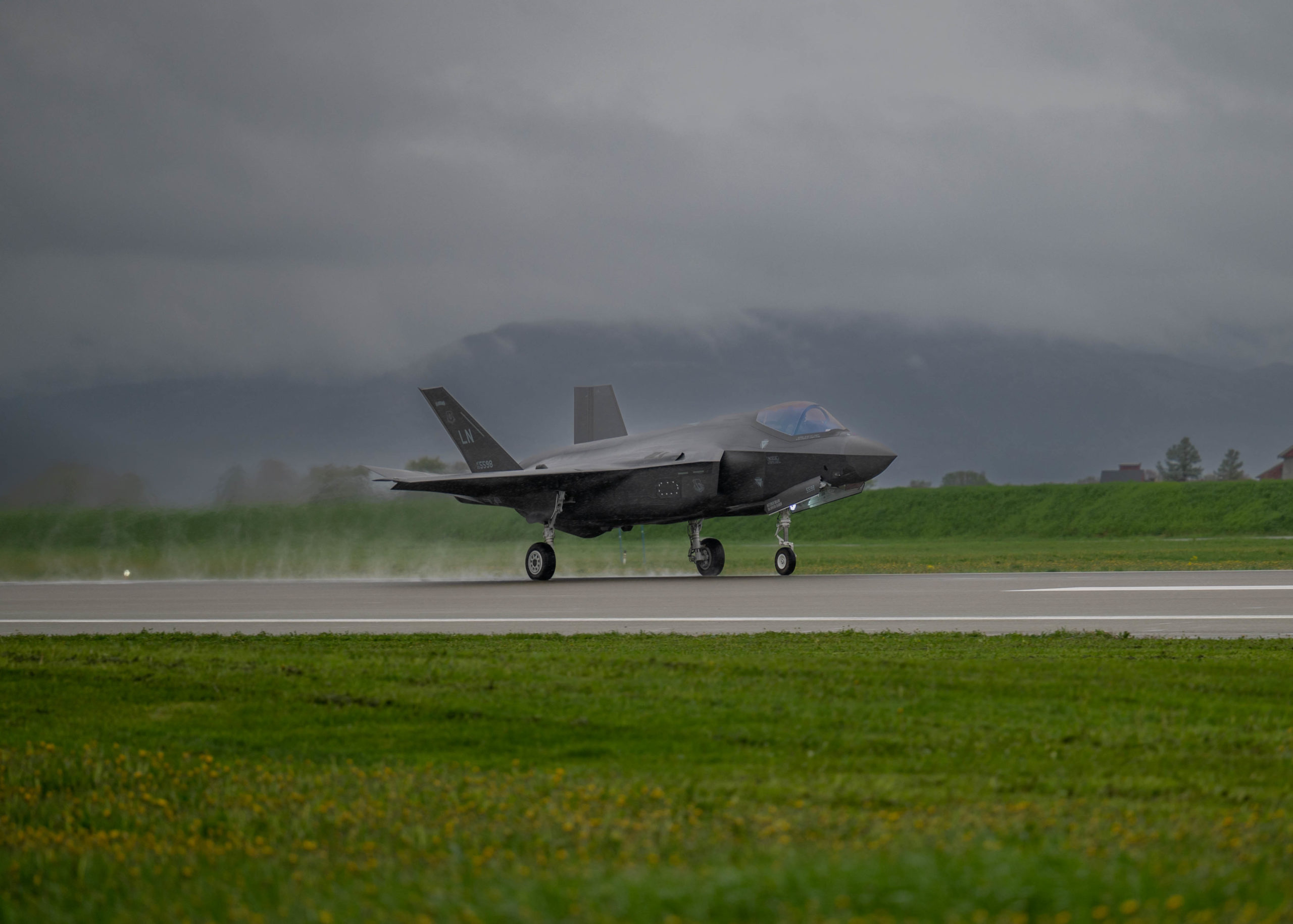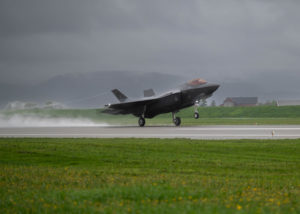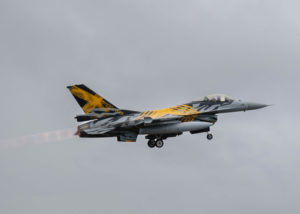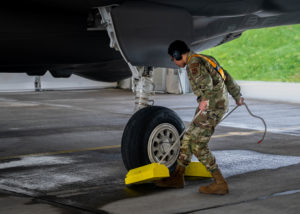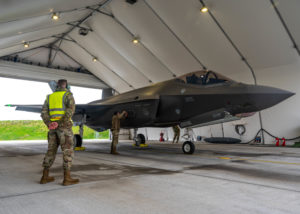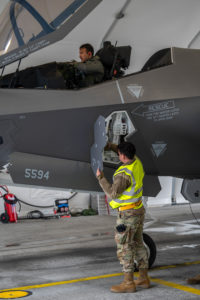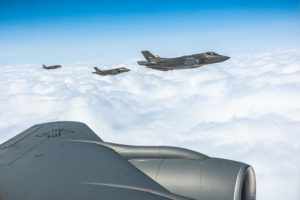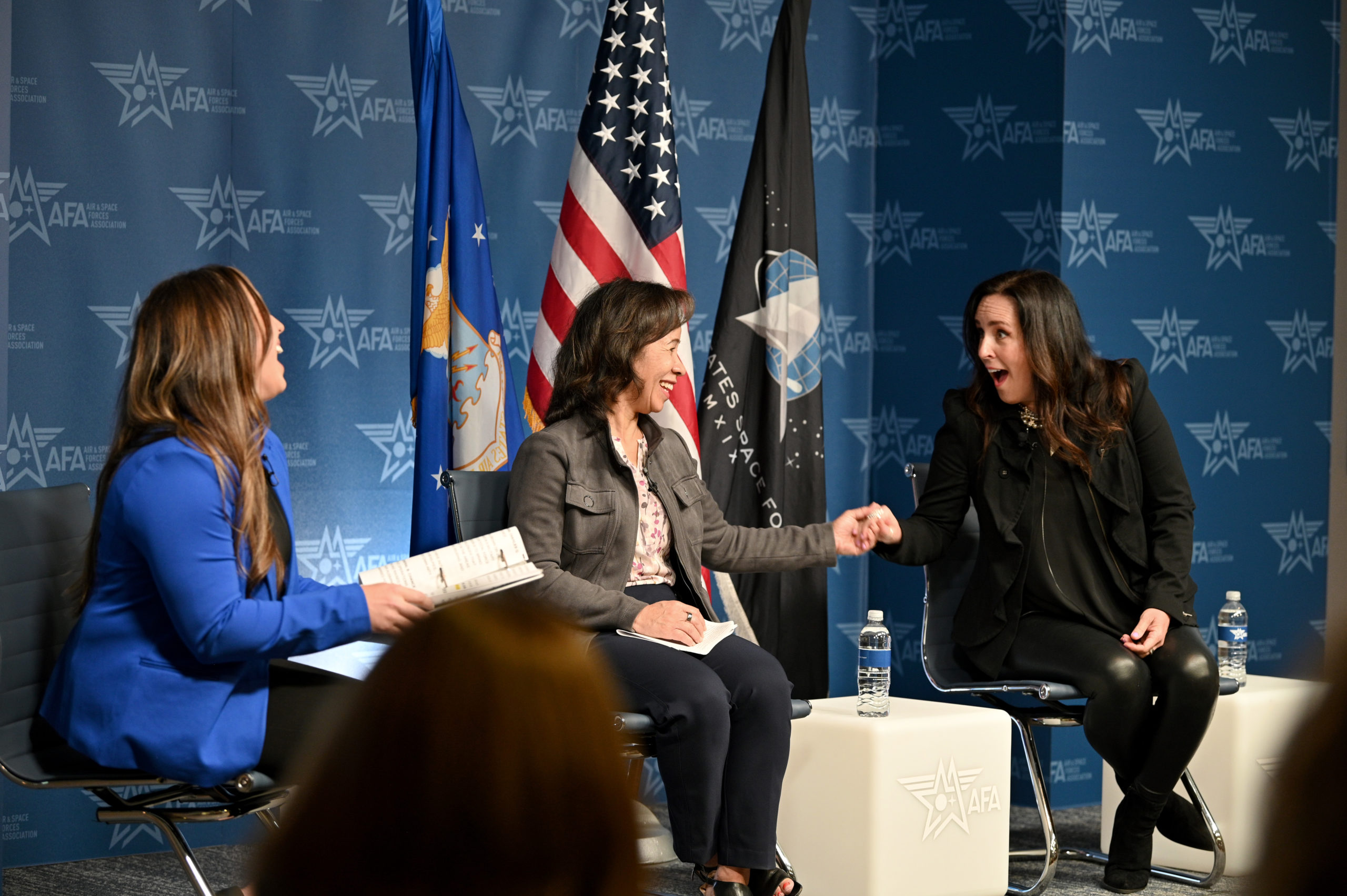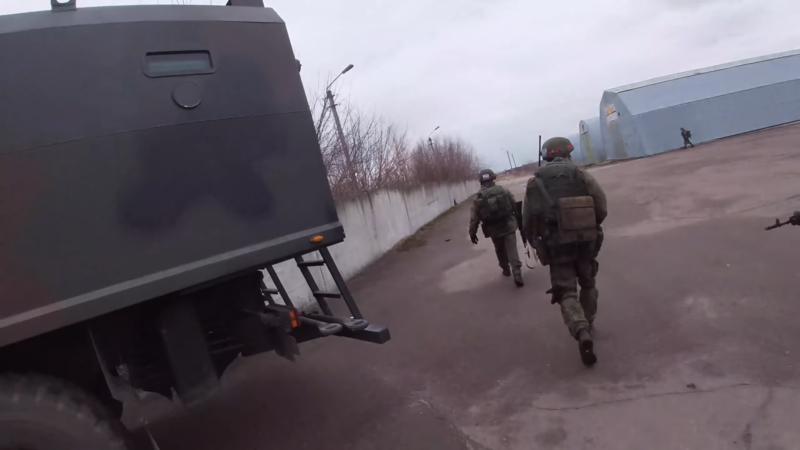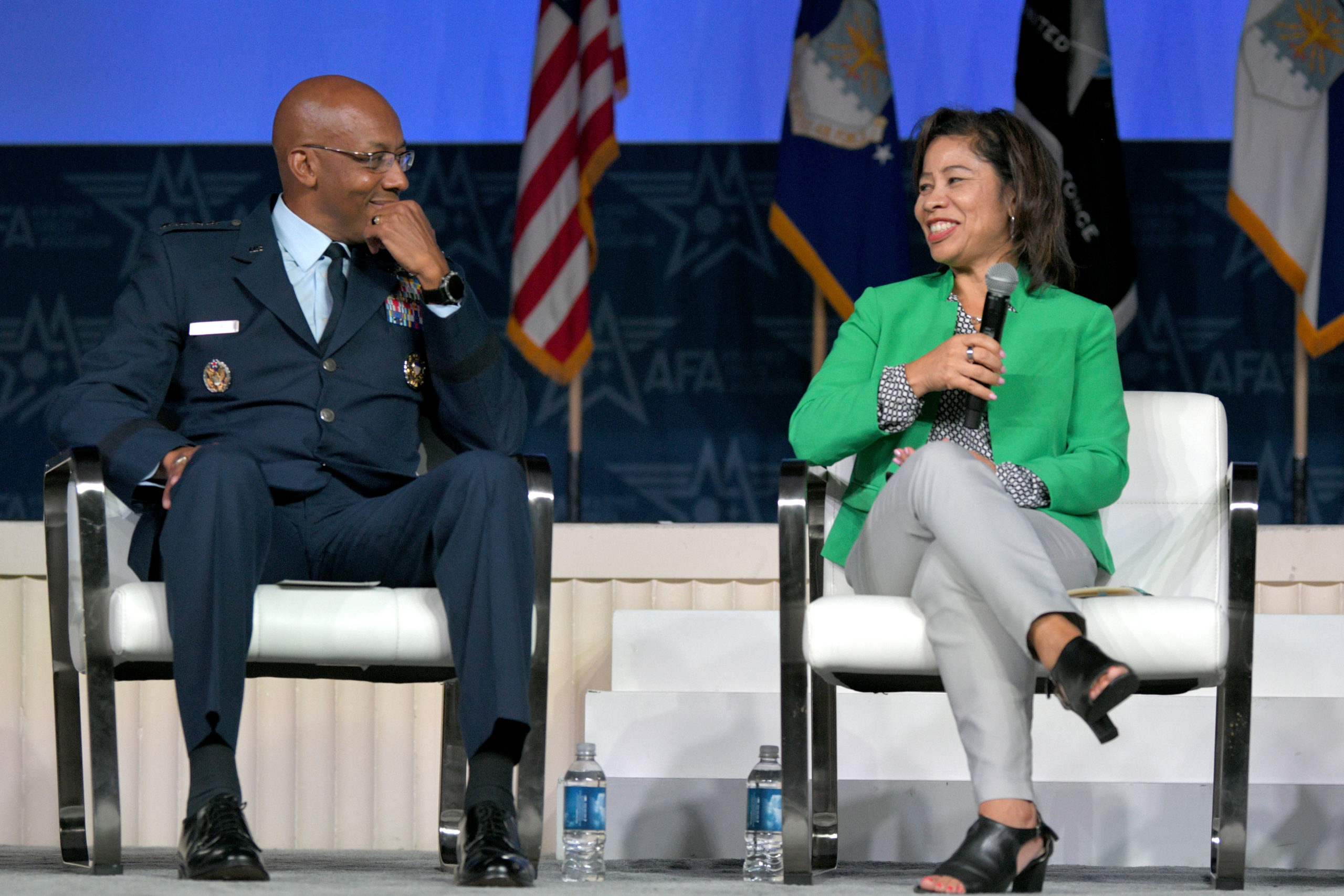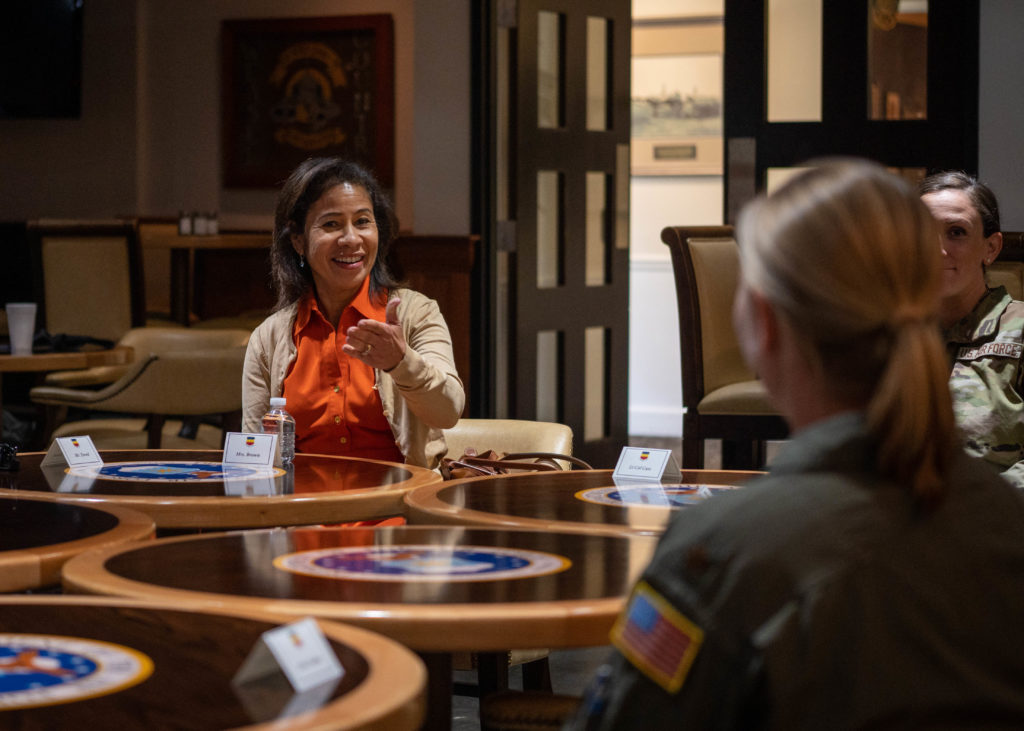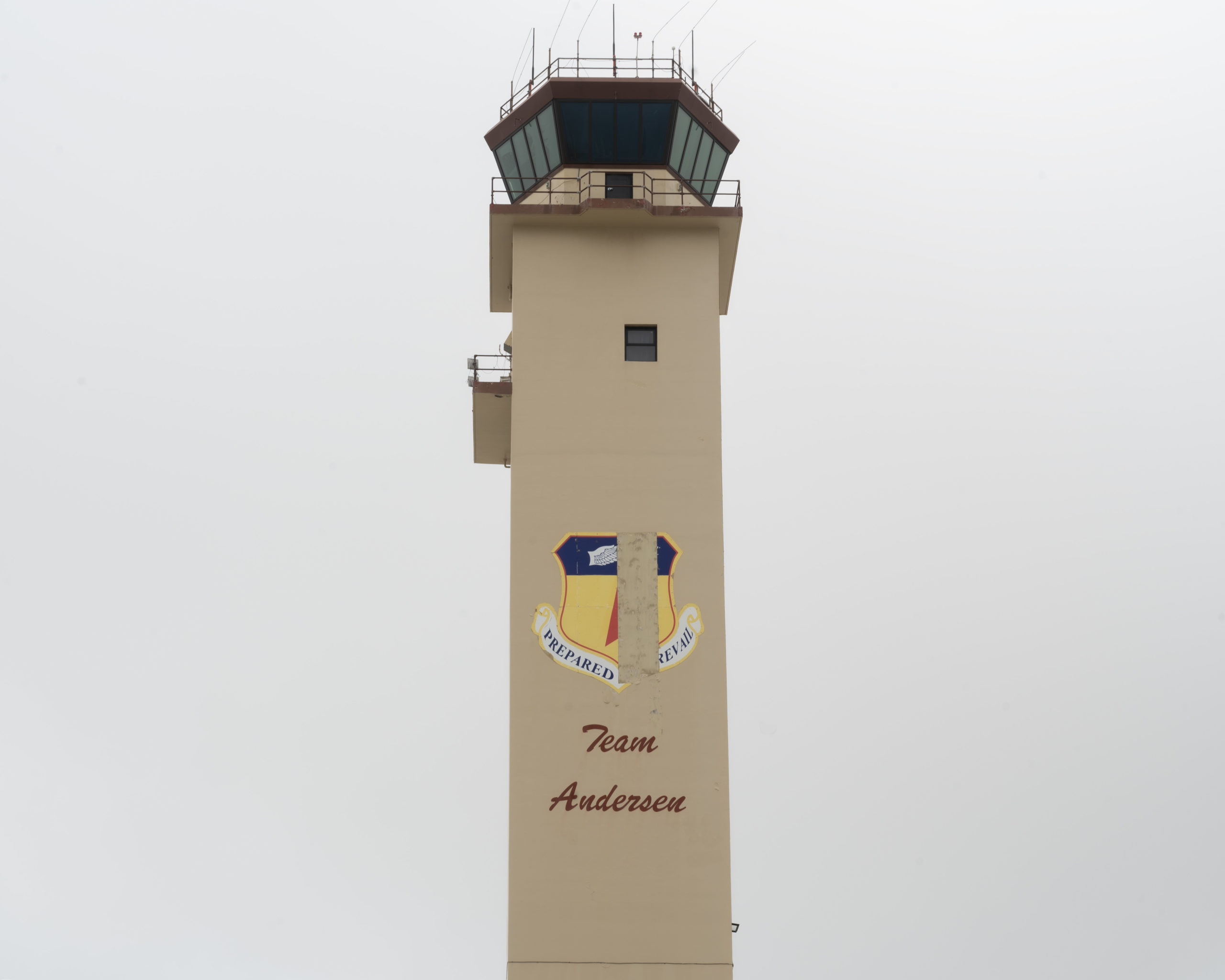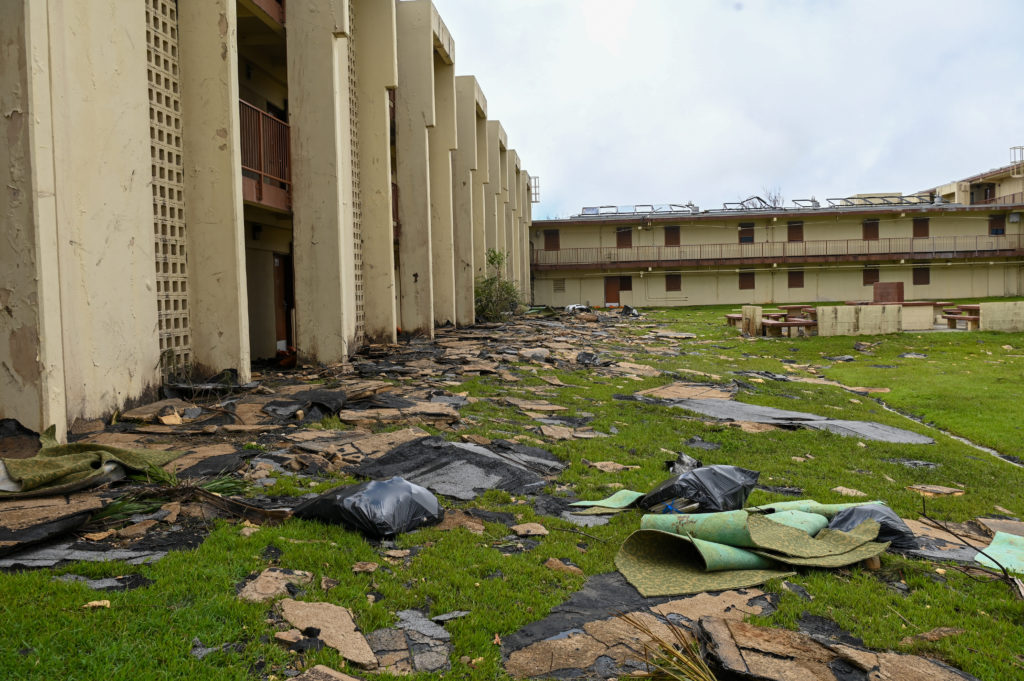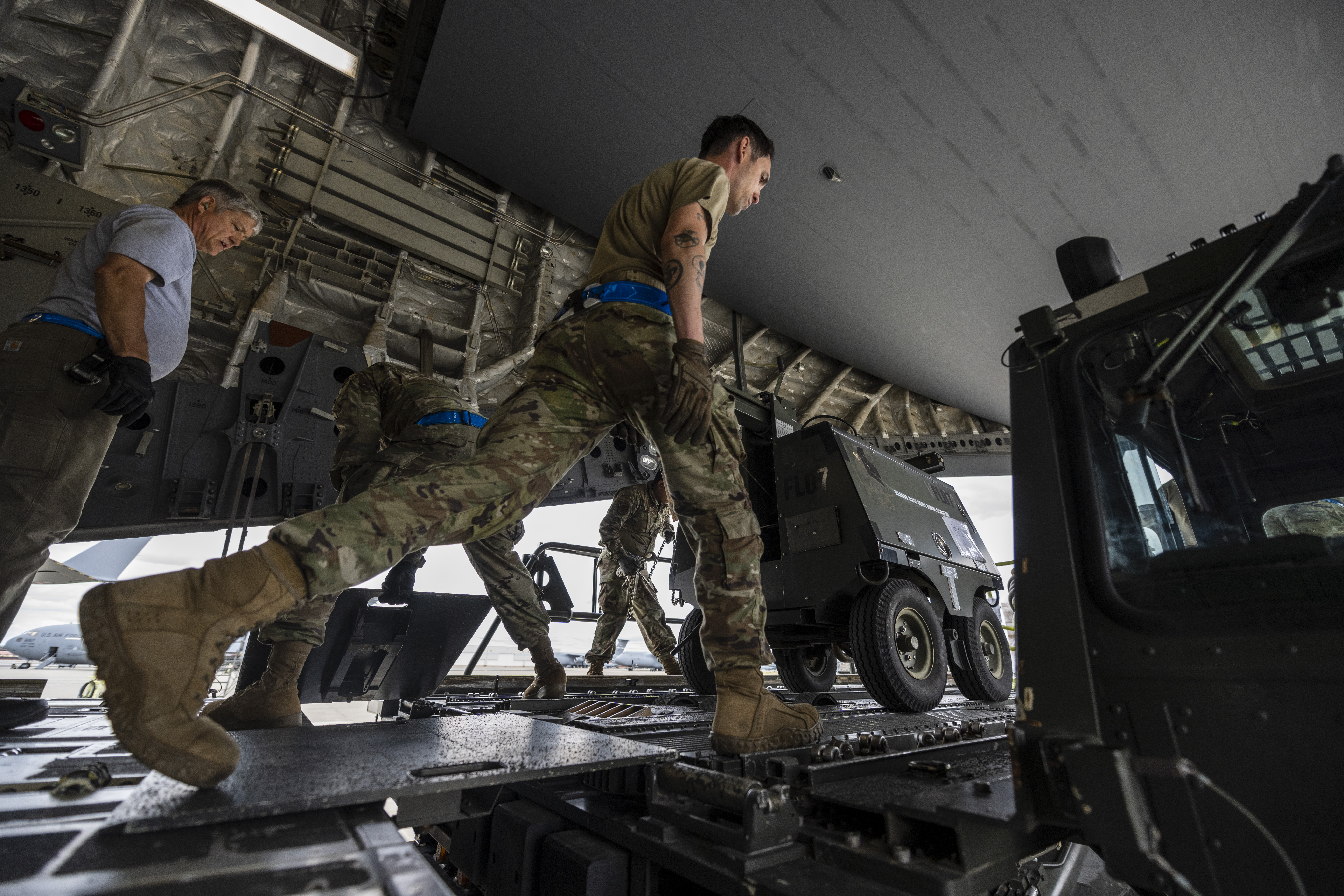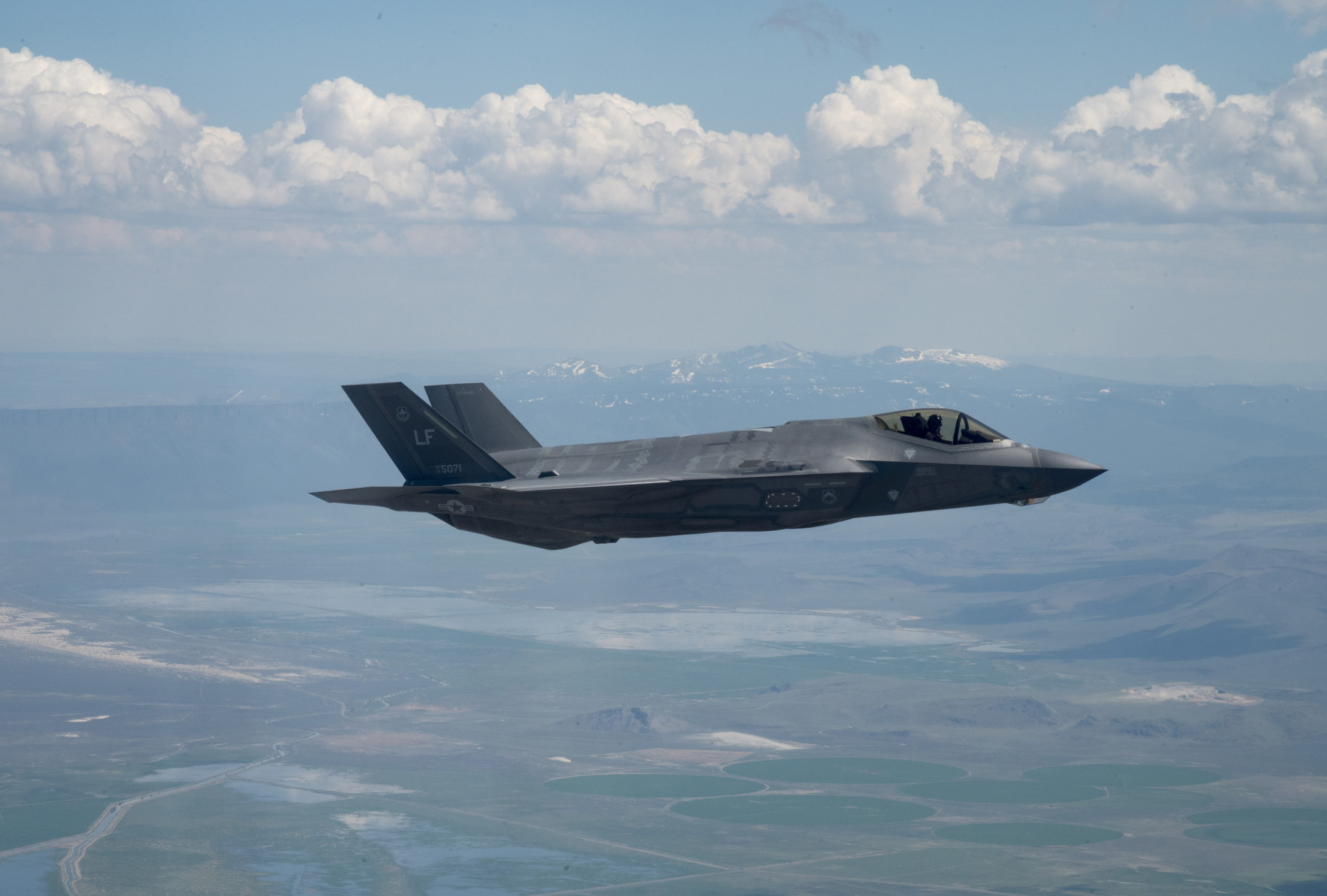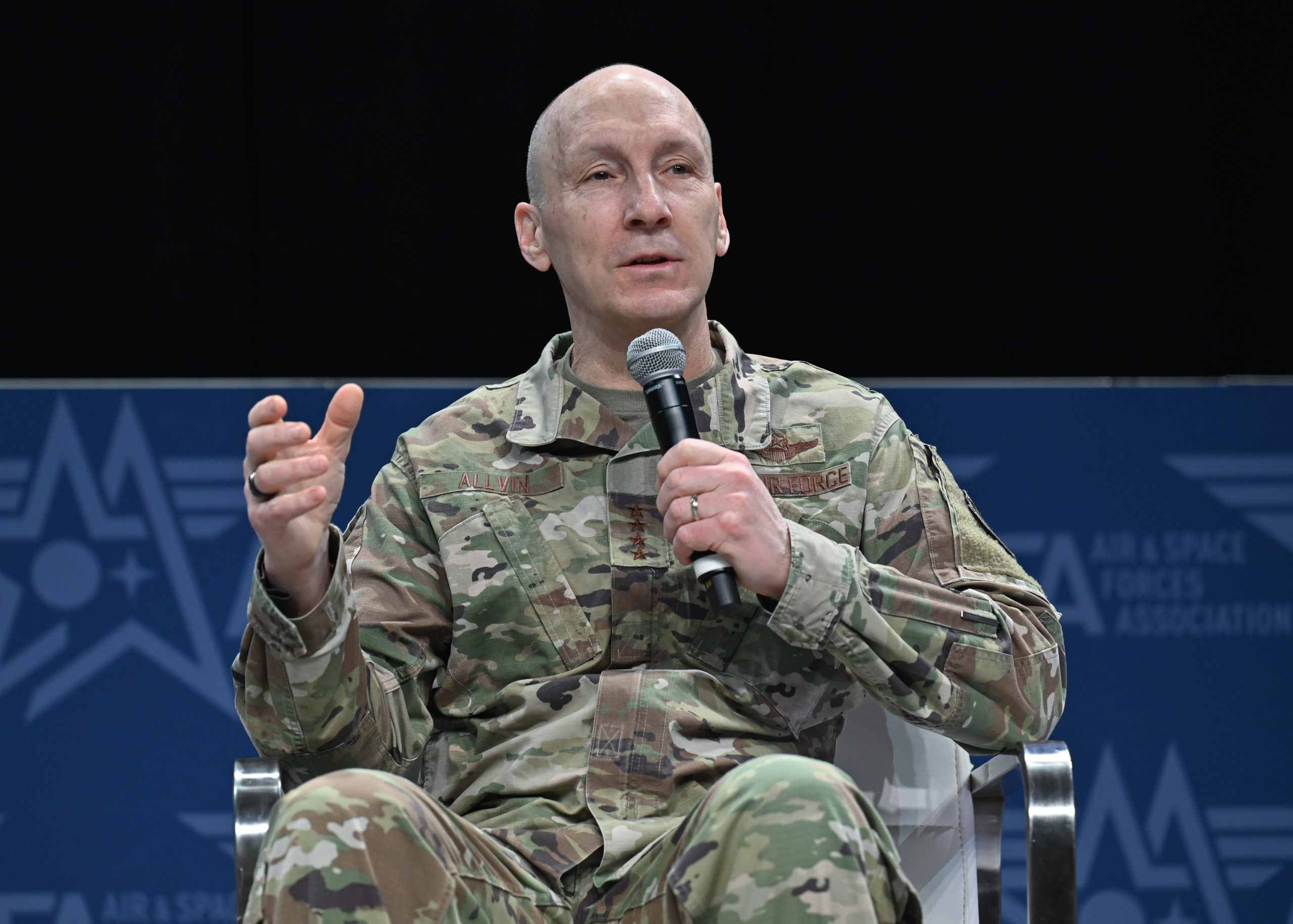More than two dozen U.S. Air Force fighters and tankers—including F-35s for the first time—are participating in what U.S. Air Force leaders in Europe call the region’s “premier” Nordic exercise over the next two weeks.
Some 150 aircraft from 14 countries are taking part in Arctic Challenge Exercise 2023, which kicked off May 29 and runs through June 9 at bases across Sweden, Finland, and Norway.
Eight F-35s and 14 F-15Es from the 48th Fighter Wing at RAF Lakenheath, U.K., deployed for the exercise, with the F-35s going to Norway’s Ørland Air Base and the F-15Es to Finland’s Pirkkala Air Base. KC-135s from the 100th Air Refueling Wing at RAF Mildenhall, U.K., and the Maine Air National Guard will support the exercise from Ørland Air Base and RAF Mildenhall.
Airmen from the 414th Combat Training “Red Flag” Squadron at Nellis Air Force Base, Nev., deployed to Sweden’s Luleå Air Base to integrate with planners.
The annual Arctic Challenge exercises started in 2013 pulling together the U.S., the United Kingdom. and the three Nordic countries. It has since grown into one of the largest aerial exercises in the Arctic region. This year’s participants include the U.S., U.K., the Netherlands, Belgium, Italy, Canada, France, Germany, Switzerland, Denmark, and the Czech Republic.
This is the first time U.S. F-35s have taken part, and Italy, Norway, and the Netherlands all sent F-35s as well.
Also new this year: Finland took the lead in organizing and running the exercise, a notable step given its entry into the NATO alliance just months ago. Sweden is still waiting for admittance into the NATO fold.
“By training and conducting realistic exercises in the High North, like Arctic Challenge Exercise 2023, U.S. forces and those of Allied and Partner nations hone skills, fine-tune interoperability, nurture key relationships, and acclimate to the inherent challenges posed by fighting in the Arctic’s extreme conditions,” a USAFE press release stated.
Arctic Challenge Exercise comes amid a run of exercises in Europe. NATO’s DEFENDER 2023 exercise kicked off earlier this month with A-10s from the 442nd Fighter Wing at Whiteman Air Force Base, Mo., split between Zaragosa Air Base, Spain, and Thessaloniki Air Base, Greece. Airlift aircraft soon followed.
Meanwhile, the German-led Air Defender 23 exercise will begin June 12, featuring around 100 U.S. Air National Guard aircraft, including F-35s, F-16s, F-15s, A-10s, KC-135, KC-46s, C-130s, and C-17s. Operations will take place in Germany, the Czech Republic, Estonia, and Latvia.
